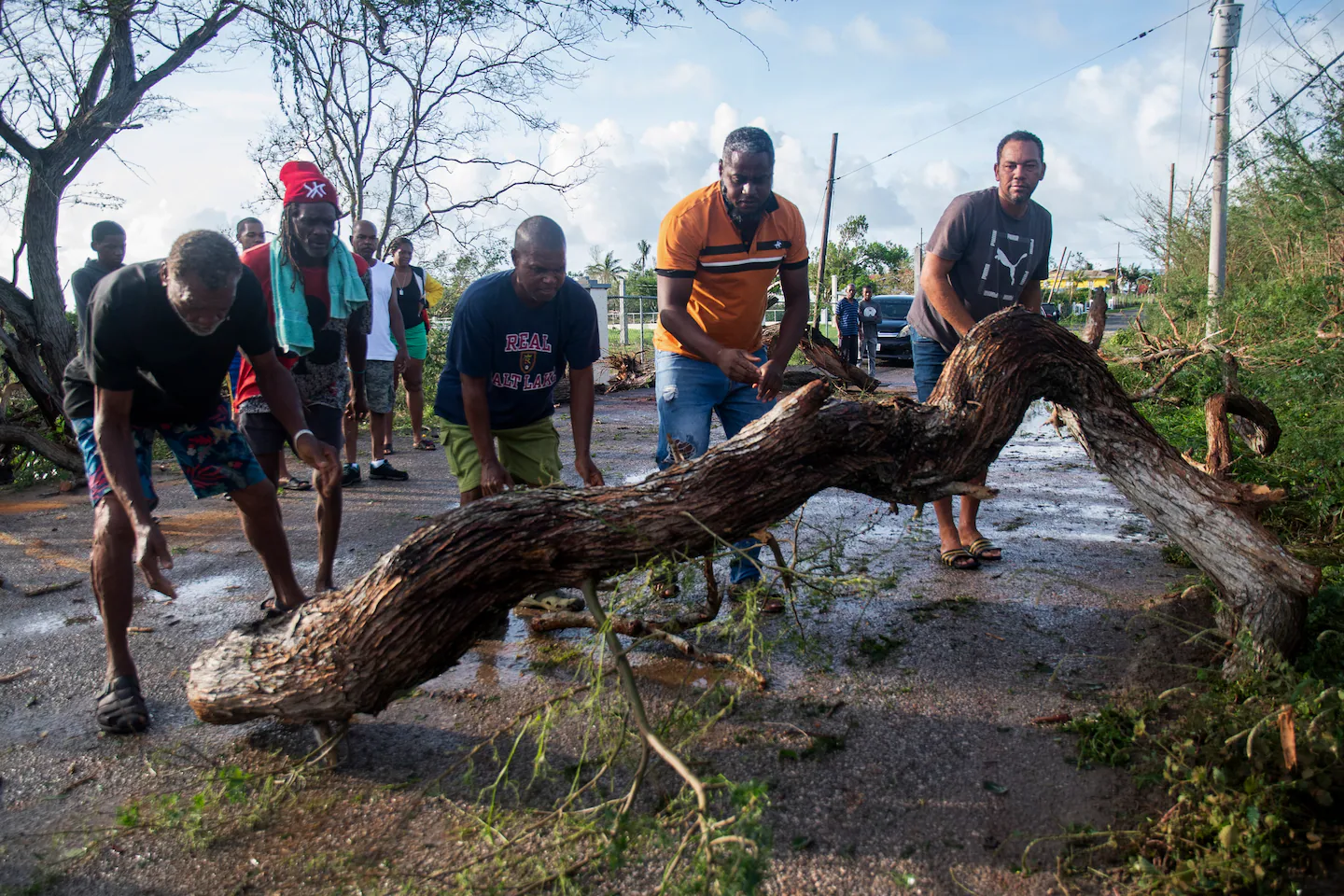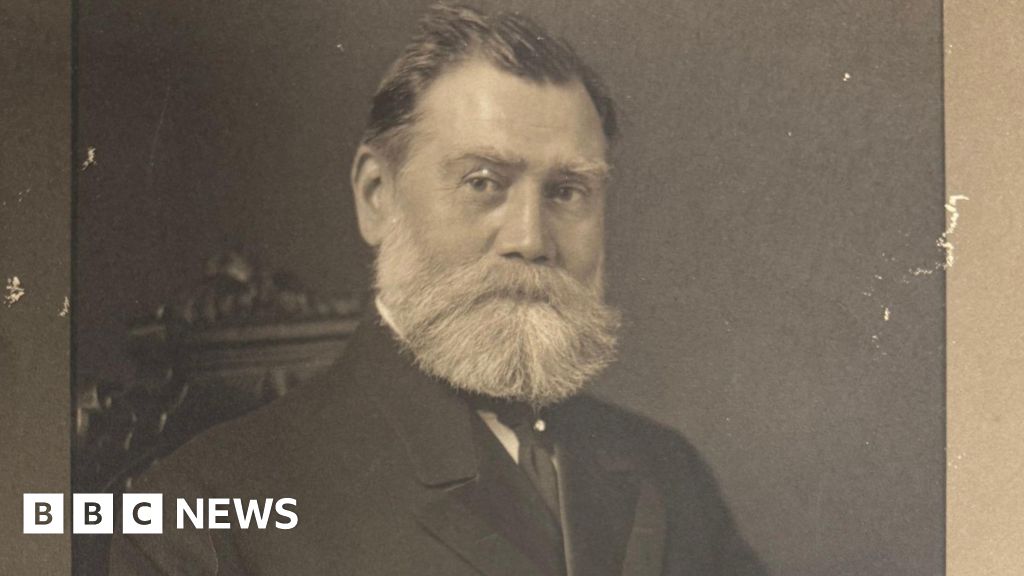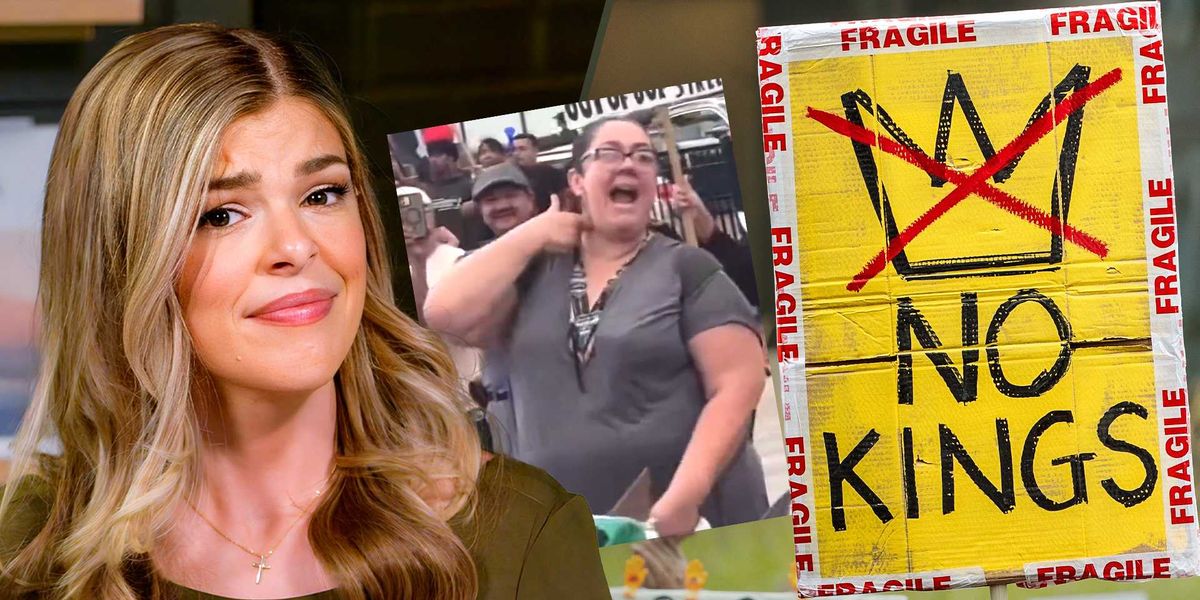Copyright The Boston Globe

Two of the three bodies found in Jamaica were in the Black River area, and the third was in the Galleon Beach area, said Superintendent Coleridge Minto, the head of the St. Elizabeth Parish police. It was not immediately clear how the people had died. But he said the parish’s church, tax office, council office, supermarket and bakery had been badly damaged. “Everything has been washed away by floodwaters, and so the situation is, in fact, very bad,” he said, adding that there was “an urgent need for support.” Communication problems and power outages were hampering the authorities’ ability to assess the full scope of the devastation. Nearly 80% of the country was without electricity Wednesday morning, said Dana Morris Dixon, Jamaica’s information minister. “I know so many people have said they cannot reach their families in western Jamaica. That’s because of damage to the telecoms infrastructure,” she said at a news conference. About 25,000 Jamaicans were staying in shelters, and officials warned that many might not be able to return to homes that had been destroyed or damaged. Some may also not have enough food because farms in St. Elizabeth, known as Jamaica’s breadbasket, were devastated, Dennis Zulu, a United Nations relief coordinator in Jamaica, said at a news conference. Prime Minister Andrew Holness said in a statement to Jamaicans, especially those in the hard-hit west, that the government was racing to help them. “We know many of you are hurting, uncertain and anxious after Hurricane Melissa, but please know that you are not alone,” he said. “Our teams are on the ground working tirelessly to rescue, restore and bring relief where it’s needed most.” The eastern parts of Jamaica, including the capital, Kingston, were mostly unscathed, officials said. All the roughly 25,000 tourists who were in Jamaica were accounted for and in good health, Edmund Bartlett, Jamaica’s tourism minister, said in an interview on Wednesday. And Desmond McKenzie, a Jamaican minister who has been coordinating the emergency response, said three babies were born during the storm. “Despite our challenges, we rise to the occasion,” he said in a news conference. The hurricane, which tore across Jamaica with 185-mph winds, had weakened to a Category 2 hurricane, with 120-mph winds, when it made landfall in Cuba early Wednesday. But it was still packing a powerful punch as it roared north over the island and headed toward the eastern Bahamas. Roofs flew off buildings and houses collapsed in urban and rural areas, said the governor of Cuba’s Granma province, Yanetsy Terry Gutiérrez. She described an “interminable” night and morning and shared photos on social media of an uprooted tree, a swollen river and buildings partially submerged in muddy floodwaters. Parts of eastern Cuba had received more than 14 inches of rain and some small cities and towns were swamped, officials said. The Cuban municipality of Sagua de Tánamo, home to about 45,000 people, was partly flooded after the Sagua de Tánamo River overflowed, and videos on social media showed water rising over doorsteps and creeping up to rooftops there. Cuban President Miguel Díaz-Canel said more than 735,000 people had been evacuated before the storm, which knocked out power in the country’s eastern provinces. Although Haiti and the Dominican Republic were not directly in the path of the huge storm, it was also bringing the risk of “catastrophic flash flooding and landslides” to those countries, the National Hurricane Center said. The hurricane was expected to cause a dangerous storm surge in Turks and Caicos on Wednesday as well, the center said. About 20 people, including children, died in the Haitian community of Petit-Goâve as a result of the storm, according to Ronald Louis, a technical manager for the Municipal Civil Protection Committee. Sudden floods pushed the Digue River over its banks around 4 a.m. Wednesday, flooding more than 160 homes, he said. Another dozen people remain missing. “The requests for aid are immense,” Louis said. “Hygiene kits, drinking water, shelters, sanitation kits, clothing and heavy equipment to work on the river, because if nothing is done, the waters could cause the same damage again if it rains. Rain is falling intermittently, and we are proceeding with the evacuation of residents.” The U.S. State Department said it would deploy disaster-response teams to Caribbean countries affected by Melissa. The department also said in a social media post that it had “activated” Urban Search and Rescue teams. In the past, the U.S. Agency for International Development had taken the lead on disaster response efforts after hurricanes in the Caribbean, but the Trump administration shuttered the agency this year.



